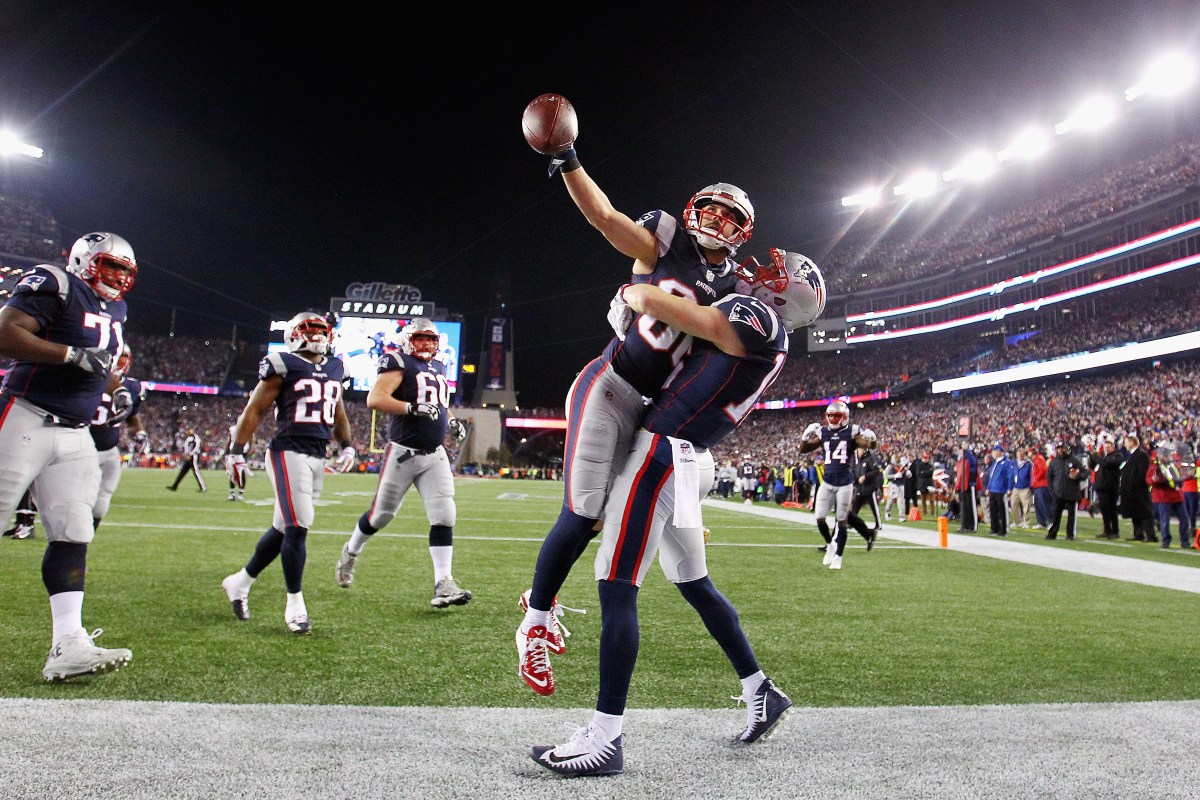In 2002, a few hours before kickoff at Super Bowl XXXVI in New Orleans, Tom Brady found a quiet, isolated place inside the Superdome and went to sleep for two hours. This is probably the most legendary nap in sports history, because after Brady woke up — granted, he almost slept through warm-ups — the New England Patriots went on to beat the Rams 20-17 and claim the first of New England’s five Super Bowl wins. Since that day, the Patriots make a point to sleep their way to the top. Naps are a regular part of the game-day schedule in New England. There are even sleep rooms at its practice facilities. Brady is an outspoken supporter of sleep science, and he goes to bed at 9 p.m. each night in order to get nine full hours of restorative sleep. The Pats aren’t the only team to nap. Teams all over the league, including all teams who played in the championship round, are aware of recent studies that show even a small increase in REM sleep can boost an athlete’s motor skills by 16 percent and quicken reaction time by half a second. Eagles coach Doug Pederson has kept many of the sports science initiatives that former coach Chip Kelly introduced in 2013, including sleep study. Philadelphia safety Malcom Jenkins was looking for a place for his foundation to bring local kids to learn about the value of a good night’s sleep. So he brought them to the Eagles’ practice facility.
Whether you’re looking to get into shape, or just get out of a funk, The Charge has got you covered. Sign up for our new wellness newsletter today.


















